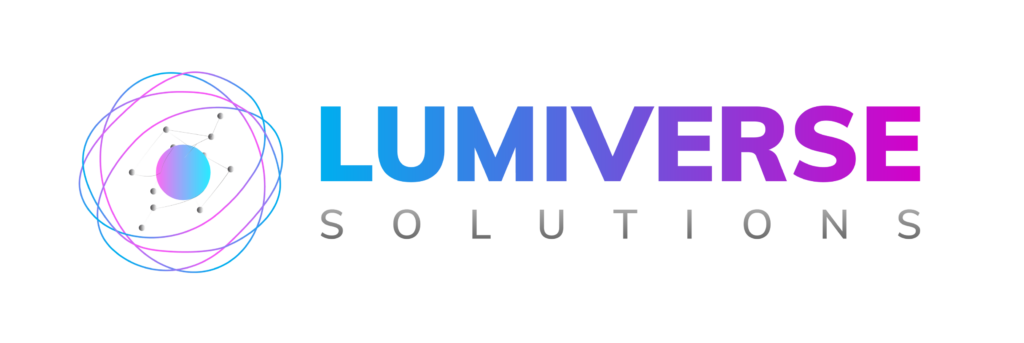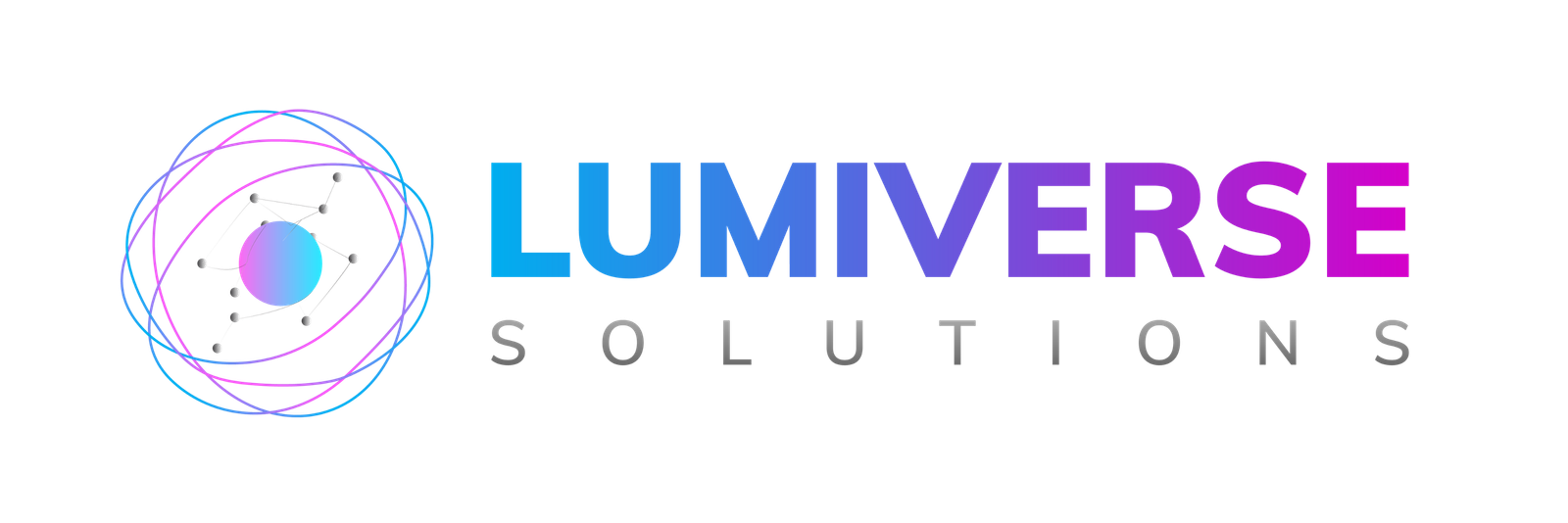Overview of Root Cause Analysis
At Lumiverse Solutions, we specialize in providing comprehensive Root Cause Analysis (RCA) services that help businesses identify the underlying causes of recurring problems and inefficiencies. RCA is a problem-solving method used to investigate the root causes of issues and resolve them at their core to prevent future occurrences. Whether it’s system failures, process inefficiencies, or operational bottlenecks, our expert team works tirelessly to analyze and eliminate the causes that hinder your business from running smoothly.
What is Root Cause Analysis?
Root Cause Analysis (RCA) is a methodical approach for identifying the fundamental cause of a problem or failure. The primary goal is to look beyond the symptoms of the issue and explore the systemic factors that led to it. By eliminating these root causes, we ensure that the problem is permanently resolved.
RCA is crucial in various industries, including IT, manufacturing, healthcare, and customer service, and can be applied to a wide range of issues, such as:
- System outages and failures
- Quality control issues
- Compliance and regulatory non-compliance
- Customer dissatisfaction
- Process inefficiencies
Why is Root Cause Analysis Important?
- Permanent Problem Solving: By addressing the root cause, we eliminate recurring issues, leading to permanent solutions.
- Enhanced Efficiency: RCA helps identify inefficiencies in your systems and processes, enabling you to optimize and improve overall productivity.
- Cost Savings: Addressing the core problem rather than temporary fixes reduces long-term operational costs.
- Improved Quality: By identifying systemic issues, RCA helps improve product or service quality.
- Better Decision Making: With insights from a thorough RCA, organizations can make informed decisions on improvements and resource allocation.
Our Root Cause Analysis Process

Problem Identification: The first step in effective problem-solving is accurately identifying the issue at hand. We conduct a thorough analysis by gathering relevant data, examining symptoms, and understanding the circumstances surrounding the problem. This includes evaluating when and how the issue occurs, its impact on operations, and any recurring patterns. By clearly defining the problem with precise details, we ensure that the root cause is addressed rather than just the symptoms, paving the way for an efficient and lasting solution.

Data Collection: Gathering accurate and comprehensive data is essential for diagnosing and resolving any issue effectively. We systematically collect and analyze relevant information, such as system logs, reports, user feedback, and operational records, to gain a deeper understanding of the problem. Our approach includes utilizing various data collection methods, including interviews with key stakeholders, surveys to gather user insights, and direct observations of system performance. By leveraging these data-driven techniques, we ensure that our analysis is well-informed and leads to precise, actionable solutions.
1. Cause Analysis:
Using techniques like the 5 Whys and Fishbone Diagrams, we dig deeper into the problem to identify the underlying causes. We explore both technical and human factors to uncover all possible contributors to the issue.
2. Identifying Root Cause(s):
After analyzing the data, we pinpoint the core issue(s) that are causing the problem. By identifying the root cause, we ensure that the solution will address the problem permanently, rather than just temporarily fixing the symptoms.
3. Developing Solutions:
Once we have identified the root cause(s), we develop and recommend practical solutions. This includes both short-term and long-term fixes that address the root causes and prevent similar issues in the future.
4. Implementation and Monitoring:
We assist in implementing the recommended solutions and set up mechanisms to monitor the Continuous monitoring ensures that the solution is effective and that no new issues arise.
5. Post-Implementation Review:
After implementation, we review the changes to confirm that the problem has been effectively We also assess whether the solution has improved overall performance, efficiency, or quality.
6. Documentation and Reporting:
We provide a detailed report documenting the root cause analysis process, findings, and implemented This report serves as a reference for future problem-solving efforts and can be shared with stakeholders for transparency.
Ready to strengthen the security of your software?
Secure Your Business: Mitigate Third-Party Risks Today!
Root Cause Analysis Tools and Techniques
At Lumiverse Solutions, we use a combination of proven tools and techniques to conduct in-depth Root Cause Analysis. Some of the commonly used tools include:
5 Whys: The 5 Whys technique is a powerful root cause analysis method that helps identify the underlying issue by asking “why” multiple times—typically five—to uncover deeper insights. This iterative questioning process allows teams to move beyond surface-level symptoms and address the fundamental cause of a problem. By continuously probing into each answer, organizations can pinpoint inefficiencies, eliminate recurring issues, and implement lasting solutions. This technique is widely used across industries for process improvement, problem-solving, and enhancing operational efficiency.
Fishbone Diagram: The Fishbone Diagram, also known as the Ishikawa Diagram or Cause-and-Effect Diagram, is a structured visual tool that helps organizations systematically identify potential causes of a problem. By categorizing causes into key areas such as people, processes, environment, and equipment, this method enables teams to analyze contributing factors effectively. It is widely used in quality control and process improvement to ensure that root causes are identified and addressed rather than just treating symptoms. This approach enhances problem-solving efforts by providing a clear and organized framework for investigation.
Failure Mode and Effects Analysis: Failure Mode and Effects Analysis (FMEA) is a proactive and structured approach used to identify, assess, and mitigate potential failure modes within a process, product, or system. By analyzing different ways a failure could occur and evaluating its impact, likelihood, and detectability, FMEA helps organizations prioritize risks and implement corrective actions before issues arise. This method enhances reliability, minimizes costly failures, and ensures continuous improvement by addressing vulnerabilities at an early stage, ultimately improving overall operational efficiency and system performance.
Pareto Analysis: Pareto Analysis, based on the 80/20 rule, is a powerful decision-making technique that helps prioritize problems by identifying the most significant factors contributing to an issue. It states that roughly 80% of problems stem from 20% of causes. By focusing on these high-impact issues first, organizations can achieve maximum efficiency in problem-solving, resource allocation, and process improvement. This method is widely used in quality control, business strategy, and process optimization to drive meaningful and lasting improvements with minimal effort.
Benefits of Root Cause Analysis
1. Permanent Solutions
By addressing the root cause rather than just the symptoms, we implement permanent solutions that prevent issues from resurfacing. This approach enhances long-term stability, improves operational efficiency, and reduces downtime caused by recurring problems. A well-executed root cause analysis ensures sustainable improvements, minimizing the need for repeated fixes and fostering a more resilient system or process.
2. Improved Productivity
Root Cause Analysis (RCA) helps identify inefficiencies and bottlenecks in processes, enabling organizations to streamline operations and optimize workflows. By addressing the underlying issues, teams can reduce wasted time, enhance resource utilization, and improve overall productivity. A well-executed RCA not only resolves existing challenges but also creates a more efficient work environment, allowing employees to focus on high-value tasks without disruptions.
3. Reduced Costs
Root Cause Analysis (RCA) helps organizations prevent recurring issues that can lead to costly downtime, repairs, and operational inefficiencies. By identifying and addressing the fundamental causes of problems, businesses can reduce expenses associated with repeated troubleshooting, system failures, and production delays. This proactive approach minimizes the need for reactive fixes, lowers maintenance costs, and ensures optimal resource allocation, ultimately contributing to long-term financial savings and improved profitability.
4. Enhanced Customer Satisfaction
Root Cause Analysis (RCA) helps enhance customer satisfaction by ensuring long-term improvements in product quality and service reliability. By identifying and eliminating recurring issues, businesses can reduce service disruptions, defects, and inefficiencies that negatively impact the customer experience. This proactive approach leads to higher trust, increased customer loyalty, and a stronger brand reputation, ultimately contributing to sustained business growth and competitive advantage.

